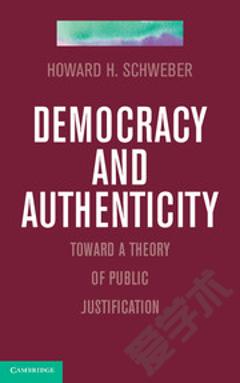Entrepreneurs and Democracy: A Political Theory of Corporate Governance
List of figures and tables Introduction Part I. Establishing the Ideological Foundations: The Contribution of Liberal Political Philosophy: 1. The invisible crown: political foundations of the legitimate entrepreneur 2. Society fragmented and the role of democracy Part II. Understanding How Corporate Governance Evolves: The Contribution of History: 3. Familial governance (c. 1800-1920): economic enfranchisement and the founder as entrepreneur 4. Managerial governance (c. 1920-1970): separation of powers and management as the entrepreneur 5. Post managerial governance (from c. 1970): ownership of the large corporation reaches unprecedented mass and fragments into multiple poles 6. Interpreting public governance: representation and debate signify a new step towards democratization Part III. Corporate Governance and Performance: 7. The pure economic model of corporate governance: an analysis 8. Critique of the pure economic model of corporate governance 9. Economic performance, corporate governance, and the fragmentation of ownership Epilogue.
{{comment.content}}








 京公网安备 11010802027623号
京公网安备 11010802027623号